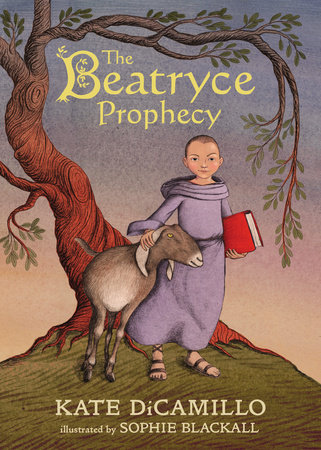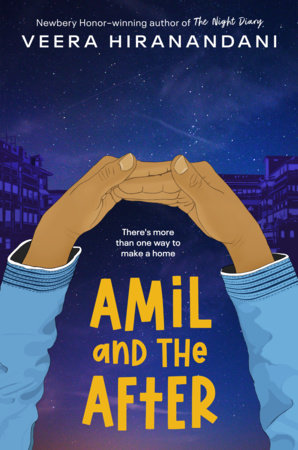 Amil and the After by Veera Hiranandani is a companion novel to her Newbery Honor book, The Night Diary. That first book told how the twelve-year-old, twins, Amil and Nisha with their father and grandmother, made a harrowing escape from their family home because the British partitioned India in 1947. That meant that since the family were Hindus, they had to leave what became Pakistan since it just for Muslims after the partition. These historical fiction novels about events that few American children are acquainted with will give young readers insights about how those past events influence what is happening in today’s world.
Amil and the After by Veera Hiranandani is a companion novel to her Newbery Honor book, The Night Diary. That first book told how the twelve-year-old, twins, Amil and Nisha with their father and grandmother, made a harrowing escape from their family home because the British partitioned India in 1947. That meant that since the family were Hindus, they had to leave what became Pakistan since it just for Muslims after the partition. These historical fiction novels about events that few American children are acquainted with will give young readers insights about how those past events influence what is happening in today’s world.
“That’s when India became free from British rule, partitioned into two countries, and Pakistan was born. Most Muslims went to Pakistan. Most Hindus, Sikhs, and other non-Muslims went to India, and everyone started fighting and killing one another. Many starved or became ill and died on the journey.” (p. 5 Amil and the After.) Continue reading


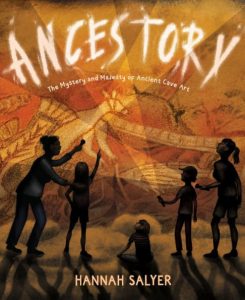
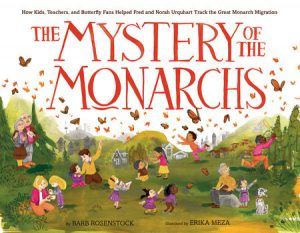

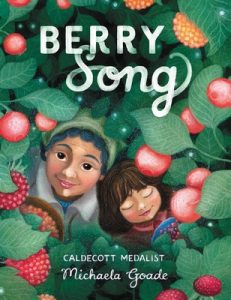
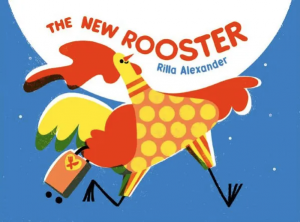 The New Rooster by Rilla Alexander is a universal and fanciful story about the challenges of communicating when many different languages are spoken. The story starts on the title page when Rooster, clutching his roller bag, parachutes from a plane. He has come a long way for his new job in a new country. We notice on the front endpapers that he has been hired to give the wake-up call at the ZZZ Hotel. But when he crows just as he had back home, no one is aroused. Even when he yells at the top of his lungs no one gets up. Repeated efforts until 3 p.m. fail to get anyone out of bed and the rooster figures he is out of a job. He realizes that he will need a good breakfast if he must make the long journey home. When the delicious smells of his cooking finally arouses the hotel guests they share a breakfast and chat. “They didn’t understand every word they heard, but they tried their best.” The ending will leave smiles on listener’s faces as this book makes a terrific read aloud. Don’t miss the punch line on the back endpapers — “Did you know the Rooster speaks pig latin?”
The New Rooster by Rilla Alexander is a universal and fanciful story about the challenges of communicating when many different languages are spoken. The story starts on the title page when Rooster, clutching his roller bag, parachutes from a plane. He has come a long way for his new job in a new country. We notice on the front endpapers that he has been hired to give the wake-up call at the ZZZ Hotel. But when he crows just as he had back home, no one is aroused. Even when he yells at the top of his lungs no one gets up. Repeated efforts until 3 p.m. fail to get anyone out of bed and the rooster figures he is out of a job. He realizes that he will need a good breakfast if he must make the long journey home. When the delicious smells of his cooking finally arouses the hotel guests they share a breakfast and chat. “They didn’t understand every word they heard, but they tried their best.” The ending will leave smiles on listener’s faces as this book makes a terrific read aloud. Don’t miss the punch line on the back endpapers — “Did you know the Rooster speaks pig latin?” 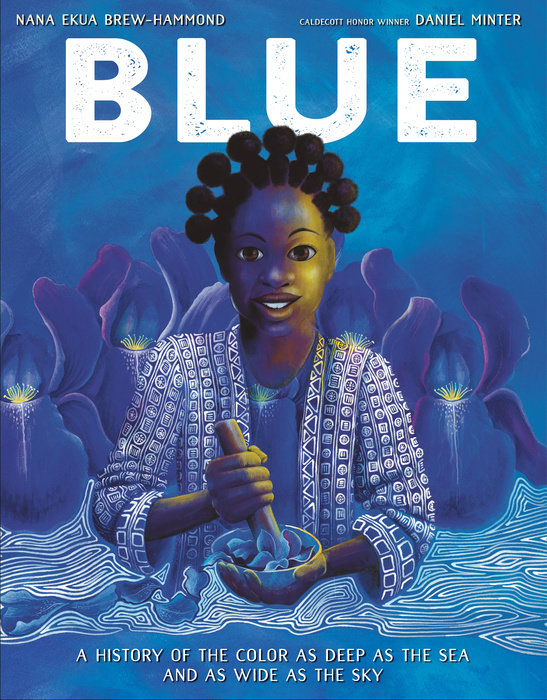
 Luli and the Language of Tea opens with Luli coming into a preschool classroom with children from many cultures and countries. Their parents are attending an ESL class next door. The text reads, “The playroom was quiet./ Luli couldn’t speak English./ Neither could the others./ All around the room, children played alone.”
Luli and the Language of Tea opens with Luli coming into a preschool classroom with children from many cultures and countries. Their parents are attending an ESL class next door. The text reads, “The playroom was quiet./ Luli couldn’t speak English./ Neither could the others./ All around the room, children played alone.” 